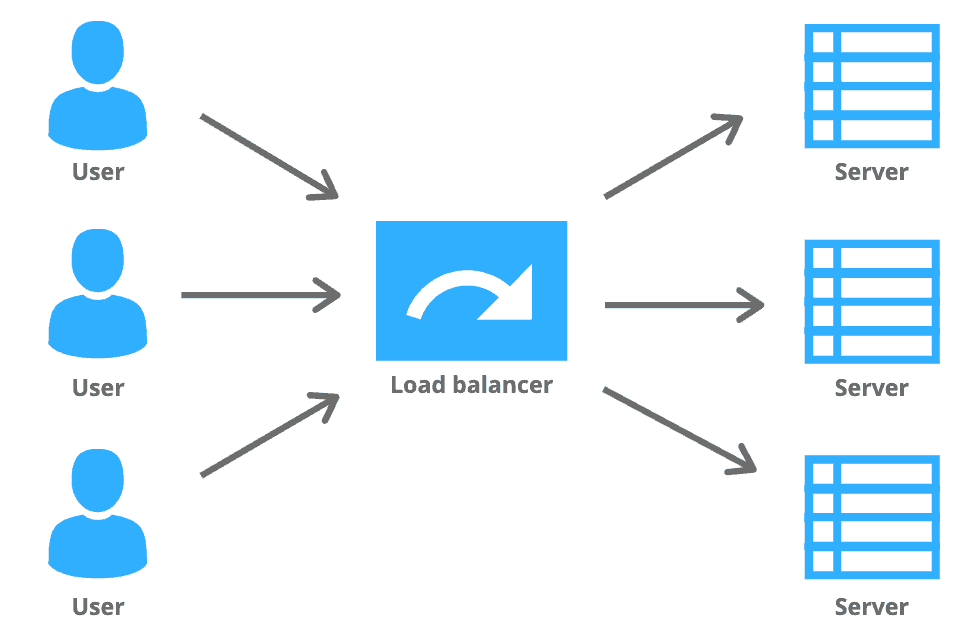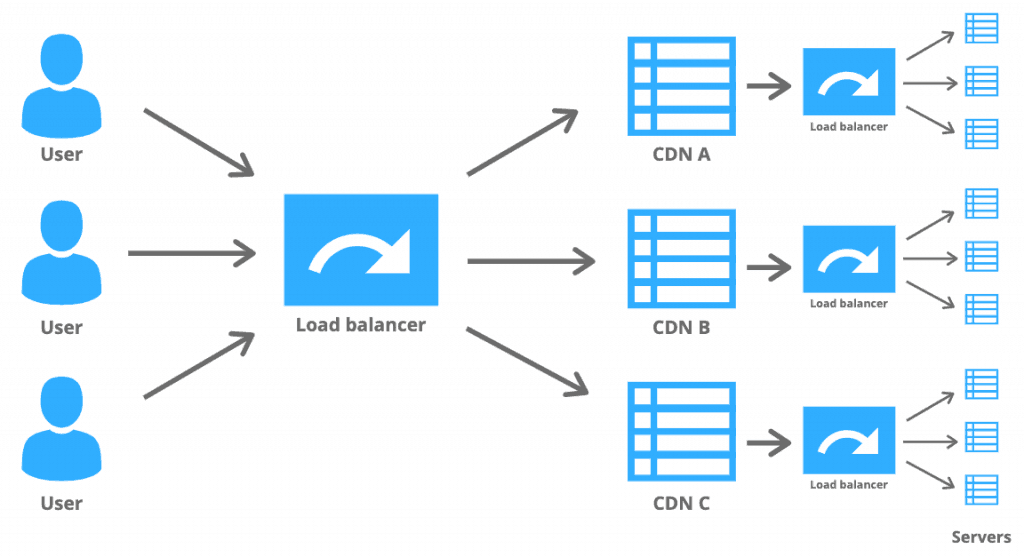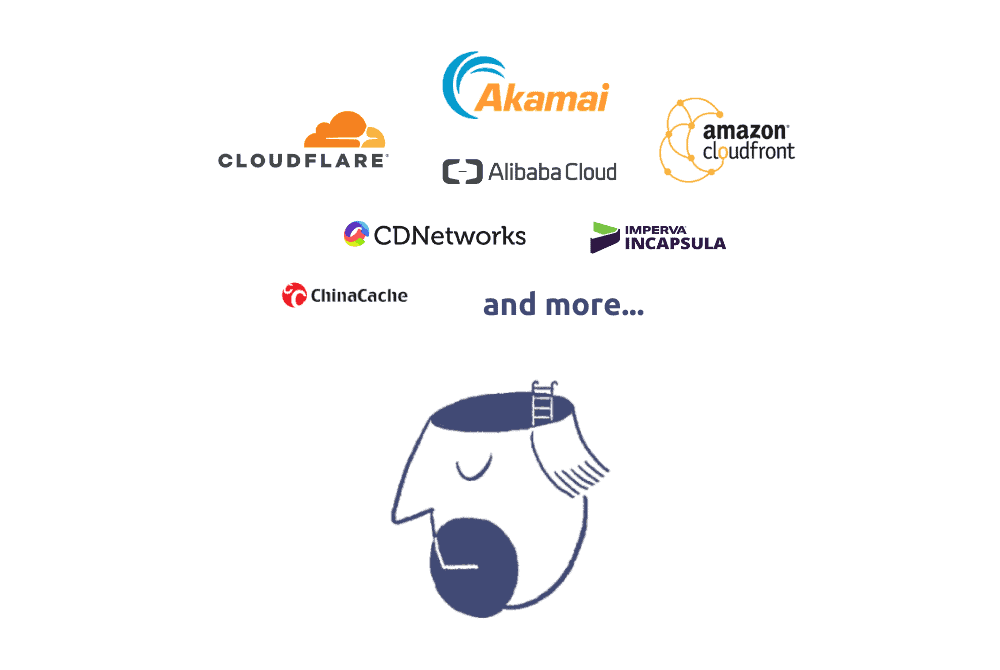For companies looking to enhance website performance and reliability, a CDN is a great place to start. Because a CDN uses geographically distributed servers, it can reduce page load latency by picking the server most geographically proximate to the user.
But how does a company decide which CDN to use, and how many?

While there are many different CDNs to choose from (Cloudflare and Akamai are two of the biggest), it is common for businesses to only subscribe to a single CDN service. It’s cost-effective and technically easier to manage just one subscription, and many businesses may not see the need to utilize a second one.
However, a single CDN strategy is playing with fire. CDNs can and do experience outages, and an outage can have disastrous consequences for the businesses relying on the CDN. Using a single CDN means a business is putting all of its eggs in one basket, and no matter what the context, that is rarely a good idea.
The Cloudflare outage on July 2, 2019 is a good example of what happens when businesses rely on a single CDN. The brief outage took down millions of websites, including major cryptocurrency exchanges, and exposed the weakness inherent in a single CDN strategy.
More and more companies are relying on CDNs to serve their content quickly, but they often don’t have a proper redundancy strategy to go along with it. Redundancy means having backups in place to prevent total failure. Today we will talk about two main strategies for improving redundancy: load balancing and Multi CDN.
The essential: load balancing
Of the techniques available to build a CDN redundancy strategy, one of the most frequently used is called load balancing. Load balancing, as the name suggests, is a way of making sure that one single server doesn’t become overloaded during traffic spikes.

The idea is that when a period of high traffic occurs, a load balancer will more or less evenly distribute the traffic across multiple servers. This prevents an individual server from crashing under a load of more traffic than it can handle.
A CDN can achieve load balancing through either hardware or software. Many CDNs choose software for load balancing in order to reduce cost and improve the ease of deployment.
You can think of load balancing like a sort of traffic cop. Incoming requests are first sent to a single load balancing endpoint where they are intelligently distributed (or the traffic is directed) across the available CDN servers in order to ensure that the incoming requests are handled efficiently.
Load balancing is particularly useful in the event of unexpected traffic spikes (for instance, if a blog post suddenly goes viral on Twitter) or denial of service attacks to prevent an outage.
In the event of server instability or failure, load balancing can act as a failover measure to assure website availability. If a server goes down, the load balancer can immediately redistribute traffic to the remaining stable servers, preventing a service outage and increasing reliability.
Cloud-based DNS providers usually offer load balancing solutions for free or at a minimal cost. There’s very little excuse not to use a load balancing solution.
Another step further: Multi CDN
A Multi CDN strategy for redundancy, as the name implies, means using more than one CDN provider. Multi CDN still requires load balancing to work properly. In fact, load balancing between the different CDN providers is a critical part of successfully leveraging a Multi CDN strategy.
As we will see, Multi CDN works similarly to the load balancer described above. Instead of directing traffic to servers within a single CDN, the load balancer directs traffic to the appropriate CDN (which then uses a load balancer to direct traffic to the appropriate server).

This strategy load balances traffic across different CDN providers, while the traditional load balancing mentioned earlier just load balances traffic between designated servers or data centers under the same CDN provider. This means that an entire CDN can go offline without causing downtime to the business, as the Multi CDN load balancer will simply direct traffic to another CDN and continue running seamlessly.
Advantages of Multi CDN
A Multi CDN strategy has several advantages over using a single CDN with load balancing. Some of the advantages of Multi CDN include:
- Better performance – Different CDNs have their strengths and weaknesses in different scenarios and may perform differently from time to time. Multi CDN can always out-perform single CDN, because it is constantly cherry-picking the best performing CDN to distribute traffic.
- Redundancy and failover – Load balancing alone is useless if the single CDN which the business is using has failed. If the load balancer has no available CDN servers to send incoming requests to, the website will still go down. Using multiple CDNs can keep the website up and running smoothly, even if an individual CDN provider has failed. The system can simply failover to the next most appropriate CDN.
- User satisfaction – With multiple CDNs the load balancer can choose whichever provider is the most geographically proximate to the incoming request. Multi CDNs are very useful if your users come from all over the world. Long story short, Multi CDN mean faster load times and better website performance for every user, which leads to happier customers overall.
A Multi CDN solution sounds great so far, but there are also some challenges to consider. One challenge of implementing Multi CDN is that different CDN providers have different standards and requirements. A DIY Multi CDN may need a lot of customized solutions and workarounds to successfully load balance traffic across them.
Another challenge is that subscribing to multiple CDN providers individually can be costly. Whether or not the price tag is worth it will depend, at least in part, on how devastating the consequences will be if a massive failure occurs. A credit card company, for example, can hardly afford to have its services go completely offline if its chosen CDN has a widespread outage.
Does an off-the-shelf solution for Multi CDN exist?
Multi CDN isn’t a new concept, but until recently there was no easy way of implementing it. Setting up a Multi CDN solution required extensive technical knowledge of each of the chosen CDN providers, as well as technical knowledge of the content to be hosted. It was costly and time-consuming to set up.

Our team at Mlytics realized the benefits of using a Multi CDN strategy. We wanted to provide an easy, off-the-shelf solution to eliminate some of the stumbling blocks to getting Multi CDN set up. Businesses of all sizes can benefit from the Mlytics Multi CDN solution.
Mlytics wanted to simplify the process of subscribing to multiple CDNs. As far as we are concerned at Mlytics, setting up a Multi CDN should not be any more difficult than activating a plug-in on Shopify or WordPress.
We also wanted to make managing and monitoring Multi CDN an easier task. Mlytics believes that companies shouldn’t be worrying about the compatibility between different CDNs. We can handle all of that for them. Thanks to Mlytics, all a company will have to worry about is a beautifully-designed, user-friendly dashboard for monitoring and configuring everything.
The Mlytics platform was created to resolve all the problems mentioned above, and more. If this sounds interesting to you, please don’t hesitate to sign up for an account and give Mlytics a try today. The first 30 days are free.



